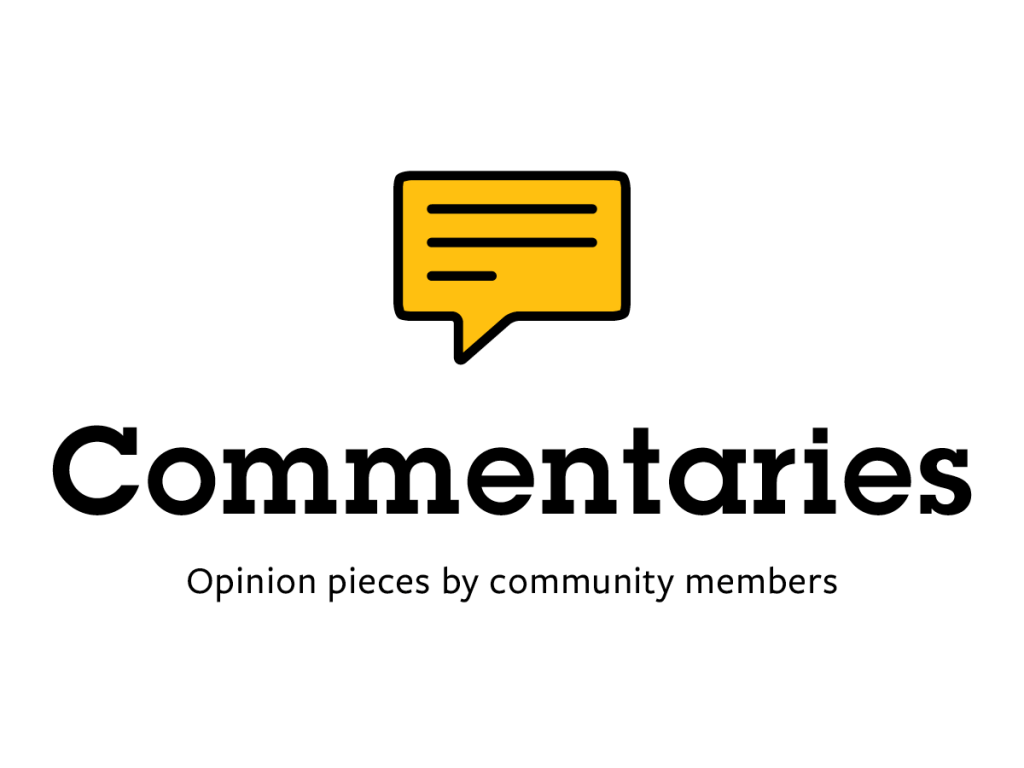This commentary is by Rachel Stark of Shrewsbury, executive director of Spring Lake Ranch Therapeutic Community.
The Biden Administration announced in May a plan to shift marijuana from a schedule I substance to a schedule III substance. At first glance, this might not mean much to a state like Vermont, where cannabis is legal, but it signals a shift at the federal level that is best balanced by increased regulation, education and resources for those who struggle with mental health and substance use issues.
Spring Lake Ranch Therapeutic Community is a residential facility near Rutland that works with adults dealing with mental illness and often co-occurring substance use. Our most common primary diagnoses on intake are bipolar disorder, schizoaffective disorder and schizophrenia.
Cannabis is by far the most reported substance issue at intake, alone or in combination with other drugs. Marijuana use is prevalent among our residents before they arrive, with many experiencing a connection between the drug and an increase in mental and emotional distress, even psychosis. For this reason, any boost to the pot industry gives us pause.
The schedule shift does not make marijuana legal federally but will place marijuana in a lower-risk category alongside drugs like anabolic steroids and ketamine. Like these drugs, cannabis appears to have some health applications; limited research has shown improvement in symptoms for people with side effects from cancer medication, chronic pain and multiple sclerosis. For many, marijuana’s benefits are outweighed by its risks.
What are those risks? To understand them, we must talk about what today’s weed actually is. THC is a psychotropic drug, the chemical in cannabis responsible for the “high” many users want. CBD, another chemical compound found in cannabis, acts as an antipsychotic, balancing out the THC.
The marijuana of the ‘60s and 70’ had low levels of THC — typically less than 2% — and comparable CBD levels. Today’s marijuana flowers have increased in THC potency by more than 200% while CBD levels have decreased. Concentrated marijuana products can be as potent as 95% THC, sometimes with no CBD at all. High-THC products are more likely to lead to serious side effects such as panic attacks, addiction and psychosis, especially for children and young adults. Some studies suggest that regular use of marijuana before the age of 25 can delay the brain’s development, causing deficits in executive functioning, learning and motivation.
In states where recreational legalization occurred, use has increased among young people most vulnerable to marijuana’s adverse effects. In Vermont, which decriminalized marijuana in 2013, marijuana usage is among the highest in the country, and the highest for ages 12–25. Among high schoolers in Vermont surveyed in 2019, more than one in four high school students reported using a cannabis product in the previous 30 days.
Accidental ingestion rates for Vermonters under 25 have increased since legalization in 2018, with the rate of nonfatal unintentional overdoses more than doubling, from 3.2 per 10,000 emergency department visits in 2018 to 6.7 in 2022. For young people who experience psychosis and other severe side effects of cannabis overdose, the experience can be life changing.
Here in Vermont, 46% of high school students surveyed by the Department of Health in 2021 reported a belief that there was either slight risk or no risk in using weekly. This, even though use of cannabis has been associated with depression, anxiety and addiction in research studies. Marijuana is popularly said to be nonaddictive, but data indicates that 9% of marijuana users will experience cannabis addiction. Daily marijuana users have up to a 50% chance of developing an addiction, especially if they begin before adulthood.
With the schedule shift comes the implication that the change is happening because marijuana is harmless. It also means that those in the pot industry could see their taxes decreased, leading to more advertising and availability.
One positive of the schedule shift is the possibility for more research, due to a loosening of restrictions around study approvals and supply. Researchers have long complained that the marijuana provided by the government is significantly less potent than what the average American user is consuming. The schedule shift will allow researchers to study more popular potencies.
With more comprehensive research will come a clearer picture of marijuana use. As new results roll out, Vermont should respond with informed regulation around THC content, as well as standardized dosage at a federal level. Most importantly, we must put big dollars behind public health campaigns to educate Vermonters on risk, prevention programs and mental health care.
At Spring Lake Ranch, our residents come to Vermont from all over the country. Most are in their 20s and 30s. After they discharge, many clients stay in Vermont and become a part of our state’s larger community. Sober living is great for overall mental health but is a challenging task in a state with some of the highest instances of substance use in the country.
We work hard to provide our alumni with the tools to remain mentally and emotionally well. This means staying current on new research. It means looking past the black-and-white messaging that comes from both sides of the marijuana debate. It means changing the way we talk about marijuana, starting with young people, and changing how we do — or do not — consume it.
What we are asking from our fellow Vermonters, especially the legislators and regulators, is to join us in taking these additional steps to ensure a healthy future for Vermonters experiencing mental health and substance use challenges.
Read the story on VTDigger here: Rachel Stark: We should be cautious about easing restrictions on cannabis.

